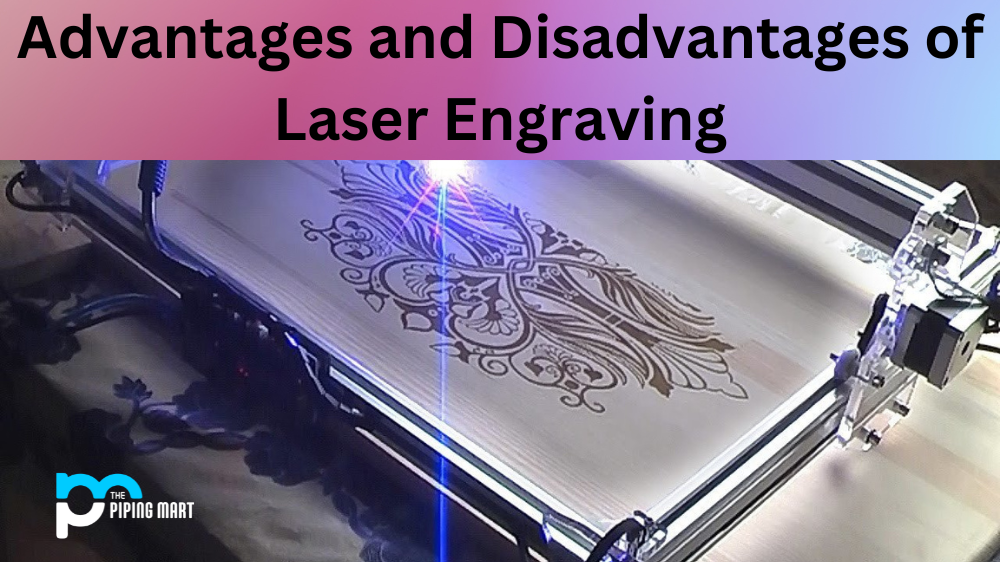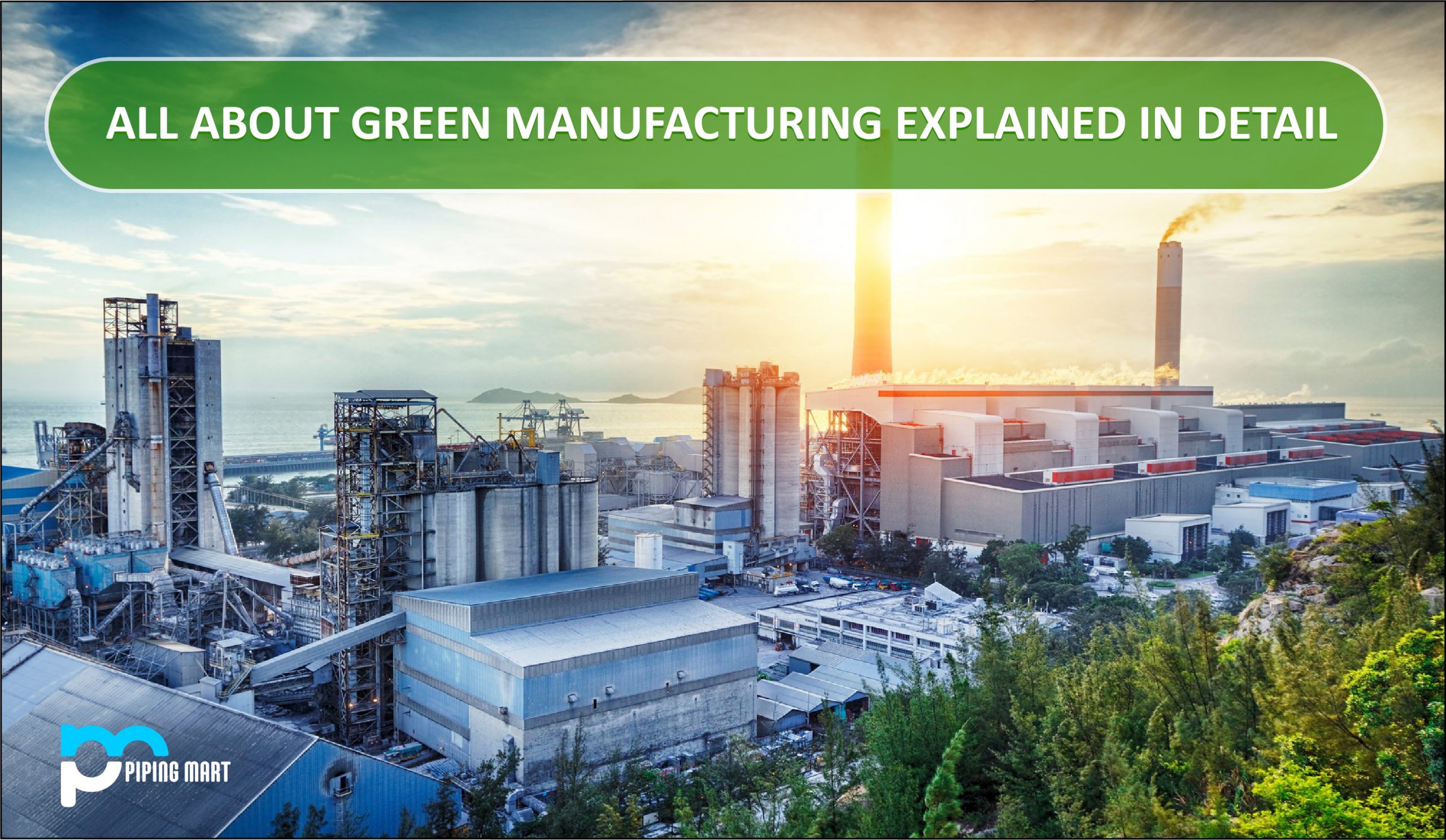Laser engraving is a popular method of customizing products, from signage and awards to jewelry and gifts. It’s easy to understand why it’s so popular—laser engraving can create intricate designs with amazing detail that would be impossible with other methods. But what are the advantages and disadvantages of laser engraving? Let’s take a closer look.
Advantages of Laser Engraving
The main advantage of laser engraving is its accuracy. Lasers can produce incredibly precise lines, curves, and designs on any surface material, from wood to metal to glass. This makes it ideal for creating intricate designs with fine details that other methods simply cannot achieve. In addition, the process is relatively quick and inexpensive compared to other methods, such as hand engraving or sandblasting. This makes it perfect for projects with tight deadlines or budgets.
Laser engraving also offers flexibility in terms of materials that can be used for the project. Lasers can be used on almost any type of material, including wood, plastics, leather, rubber, glass, metals, stone, ceramics and much more. This means you won’t have to worry about finding a compatible material when working on your project—the laser will do the work for you!
Precise
One of the biggest advantages of laser engraving is that it is a very precise method of engraving. This means that you can create very intricate designs and patterns that would be impossible to create using other methods. Additionally, laser engraving is not limited by the size of the object being engraved, so you can create very small or very large designs.
Fast
Another advantage of laser engraving is that it is a very fast process. This means that you can quickly and easily create a large number of engraved items in a short period of time. This is ideal for businesses that need to produce a large number of engraved products quickly and efficiently.
Durable
Laser engraving is also a very durable method of engraving. This means that your engraved designs will not fade or wear away over time. Laser engraving is also resistant to water and other elements, so your designs will last many years.
Versatile
Laser engraving is also a very versatile method of engraving. This means that it can be used on a wide variety of materials, including wood, metal, glass, and plastic. Also, laser engraving can create both shallow and deep engravings, so you can create any type of design you desire.
Affordable
Another advantage of laser engraving is that it is an affordable option for many businesses. This means you can create high-quality engraved products without spending much money. Additionally, laser engravers are typically very easy to use and require little maintenance, so you can save even more money over time.
Disadvantages of Laser Engraving
As with any technology, there are some downsides to using laser engravers as well. One is that they are limited by their power supply—the higher power setting needed for thicker materials will require more energy than a lower-powered unit can provide. Additionally, since lasers use heat to cut into materials, they may not be suitable for certain projects (like fabric). Lastly, while lasers provide great precision, they cannot produce detailed images like those found in traditional handcrafted artwork or multi-colour graphics; this means that if you need a complex logo or highly detailed design, then this might not be the best choice for your project.
Limited Materials
One of the primary disadvantages of laser engraving is that it can only be used on certain materials. Metals such as steel, aluminium, and brass are the most commonly engraved materials, but other materials such as glass, wood, and plastic can also be engraved.
High Initial Cost
Another disadvantage of laser engraving is the high initial cost of the equipment. Laser engravers can range in price from a few thousand dollars to over $100,000, making them out of reach for many small businesses and hobbyists.
Requires Specialized Training
Operating a laser engraver also requires specialized training and knowledge. Users must be familiar with computer-aided design (CAD) software to create the designs engraved into the material. Additionally, users must understand how to operate the laser engraver itself in order to produce quality results.
Time-Consuming Process
Laser engraving is also time-consuming, especially when compared to traditional methods such as hand engraving or rotary engraving. It can take several minutes or even hours to complete a single engraving, depending on the size and complexity of the design.
Limited Color Options
Another disadvantage of laser engraving is that it is limited to black-and-white designs. While some colour lasers are available, they are much more expensive than traditional black-and-white lasers and are not commonly used for engraving purposes.
Conclusion:
Overall, laser engravers offer many advantages over traditional methods of customization, such as handcrafting or sandblasting. They provide accuracy and flexibility in terms of materials used while being relatively affordable compared to other available options. While there are some drawbacks, such as their limited power supply and lack of detail in complex graphics, they remain an excellent option when looking to customize products quickly and precisely without breaking the bank! If you have been considering adding customizations to your products, then laser engraving could be just what you need!

A passionate metal industry expert and blogger. With over 5 years of experience in the field, Palak brings a wealth of knowledge and insight to her writing. Whether discussing the latest trends in the metal industry or sharing tips, she is dedicated to helping others succeed in the metal industry.




